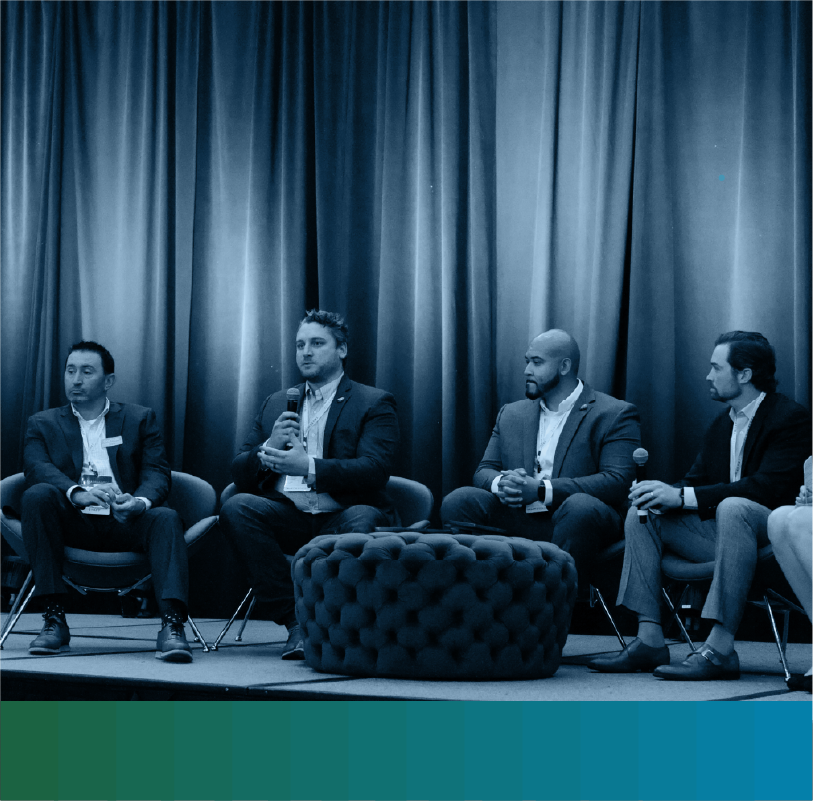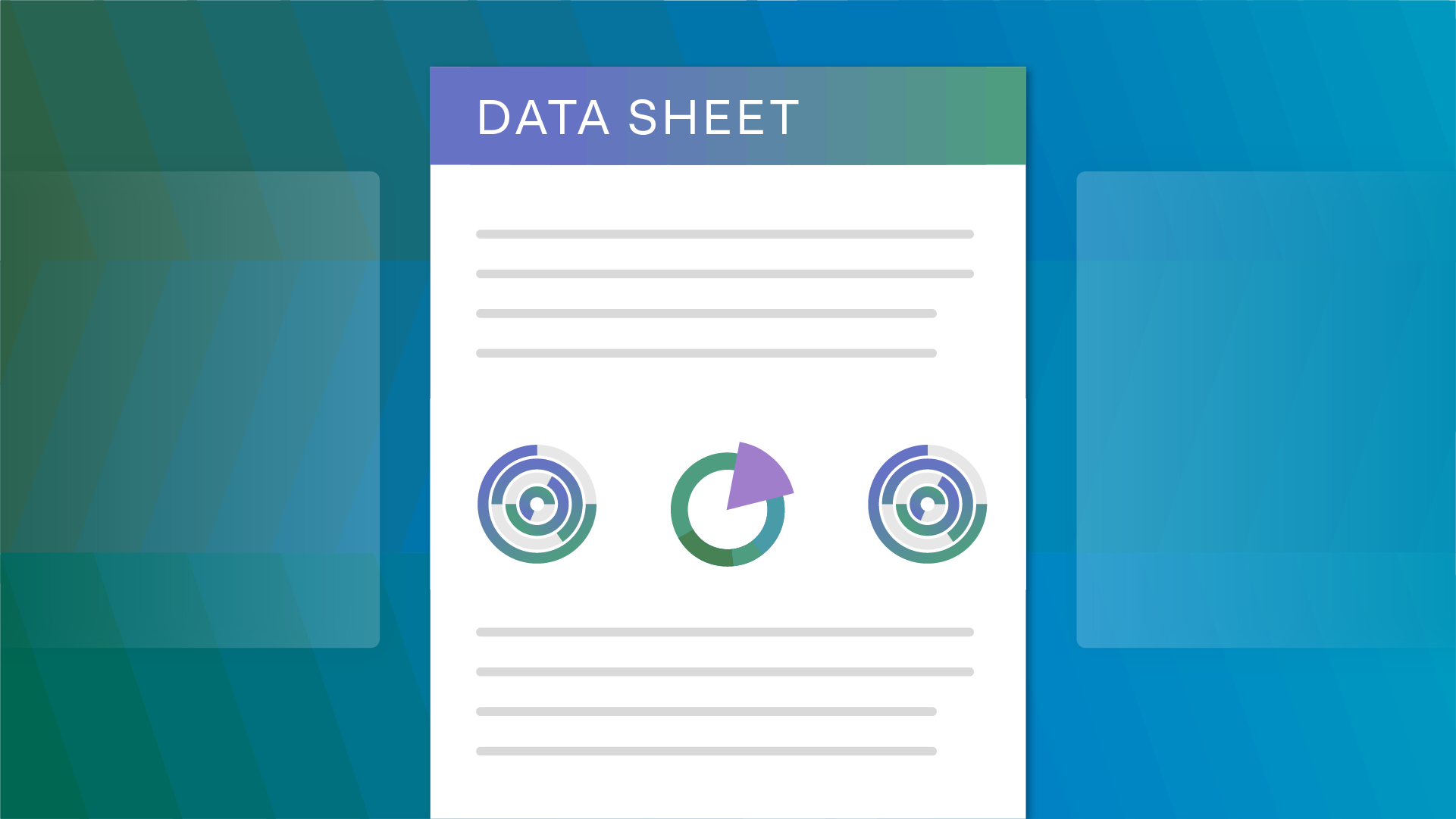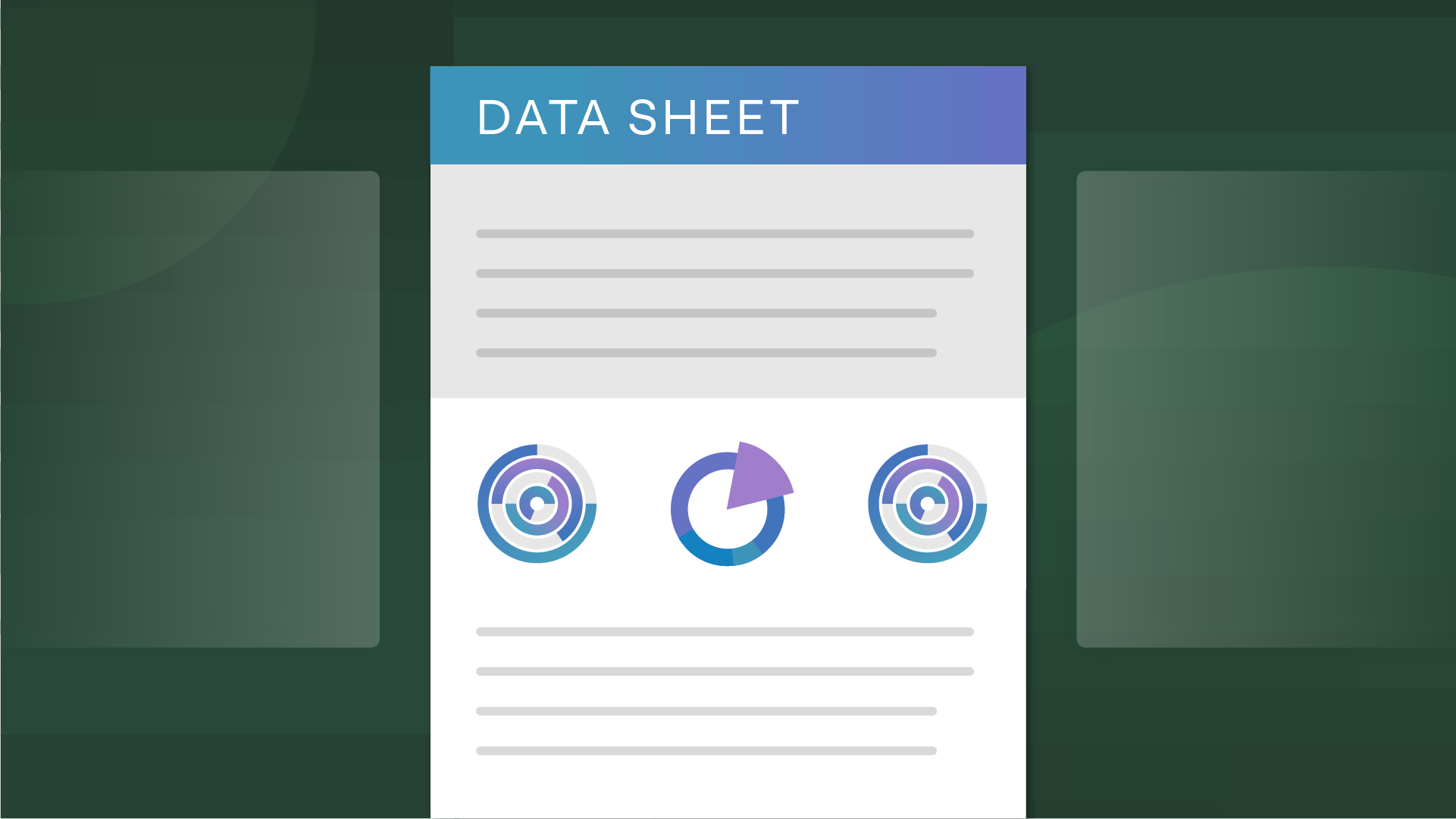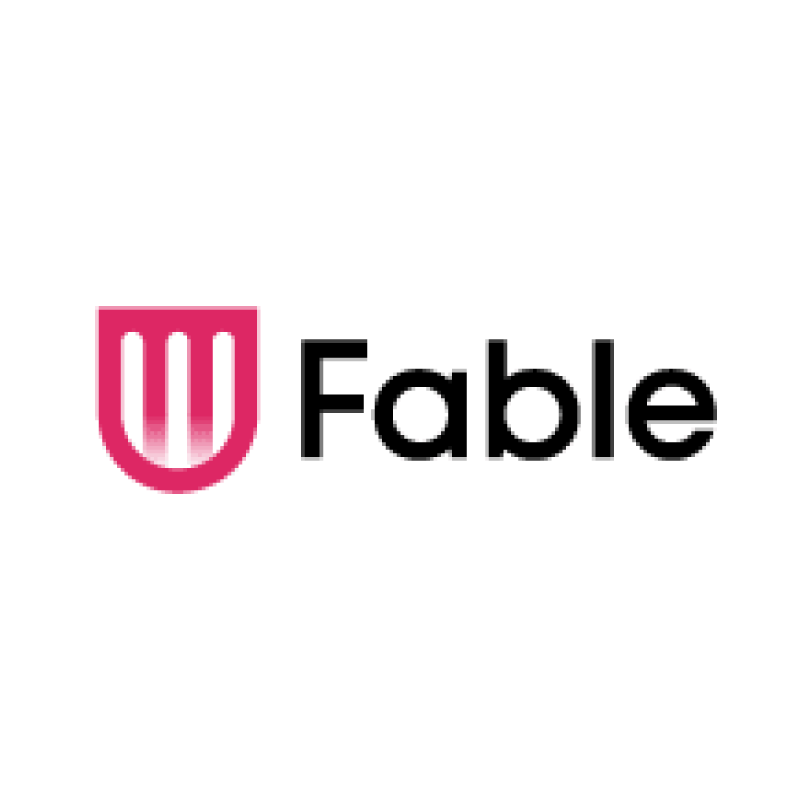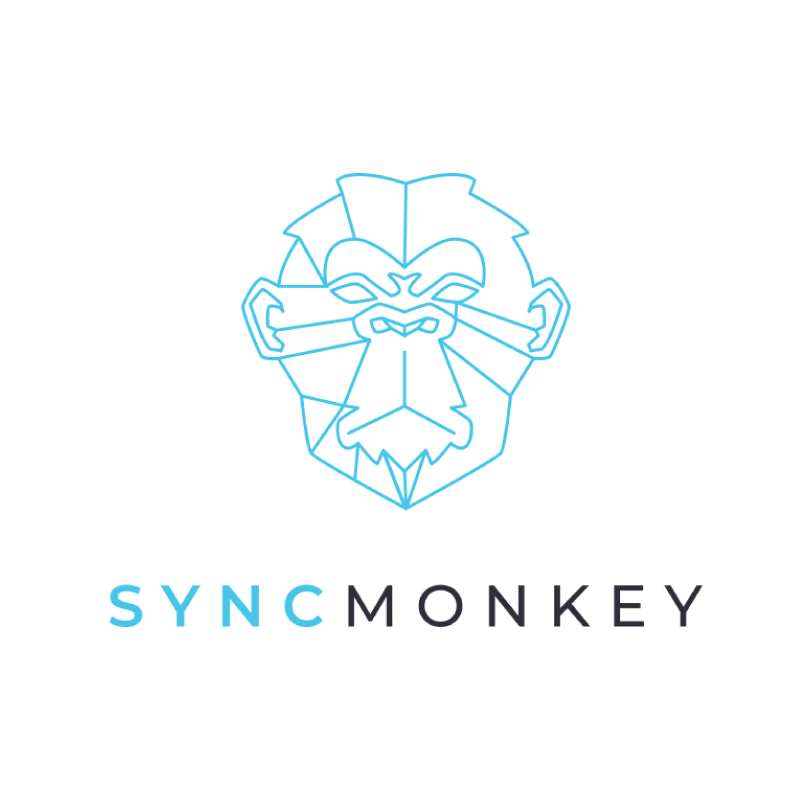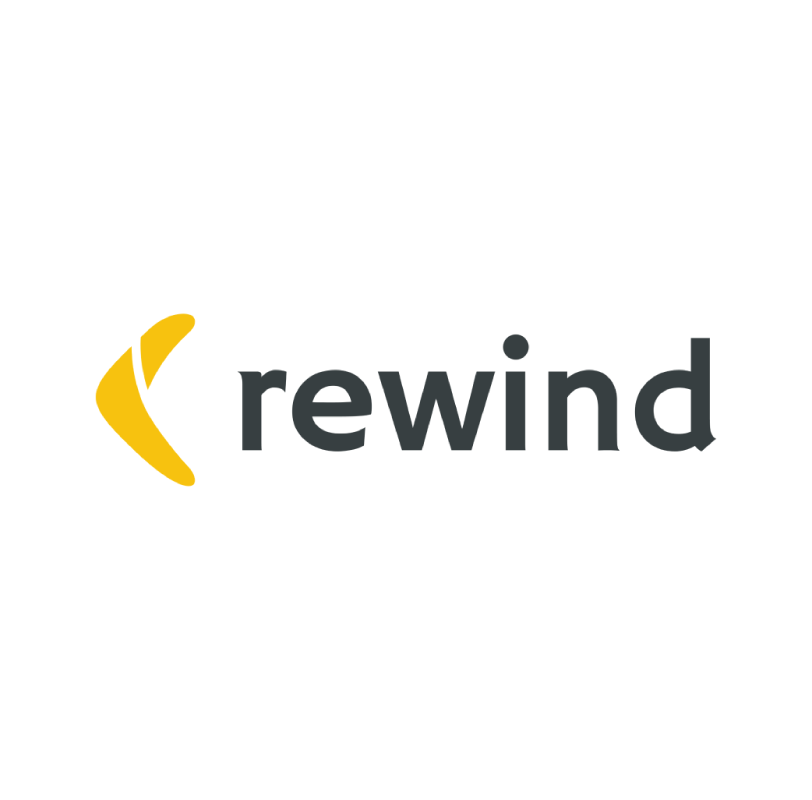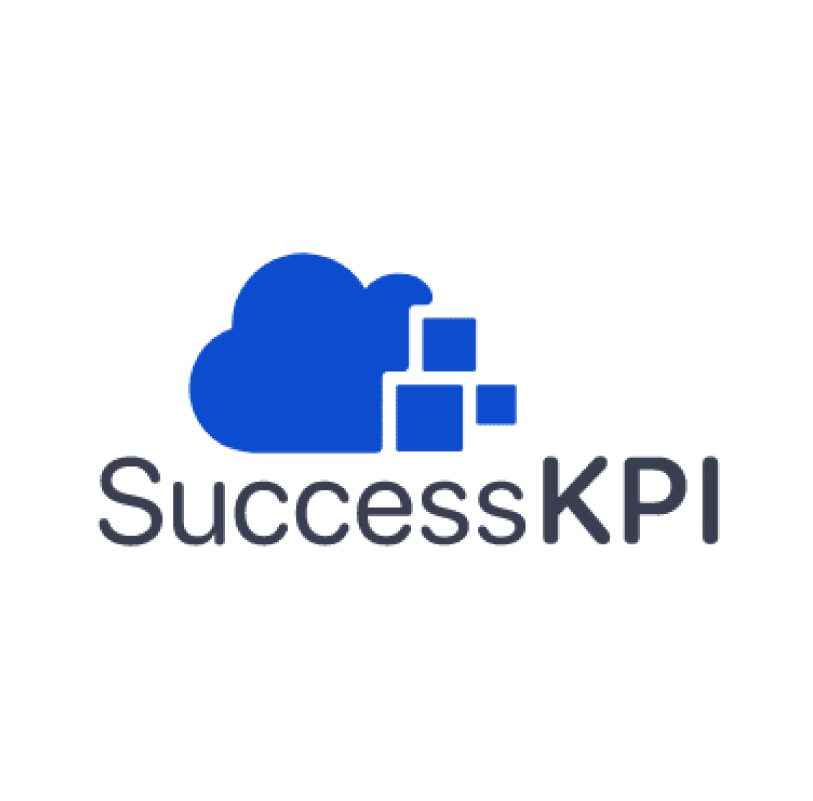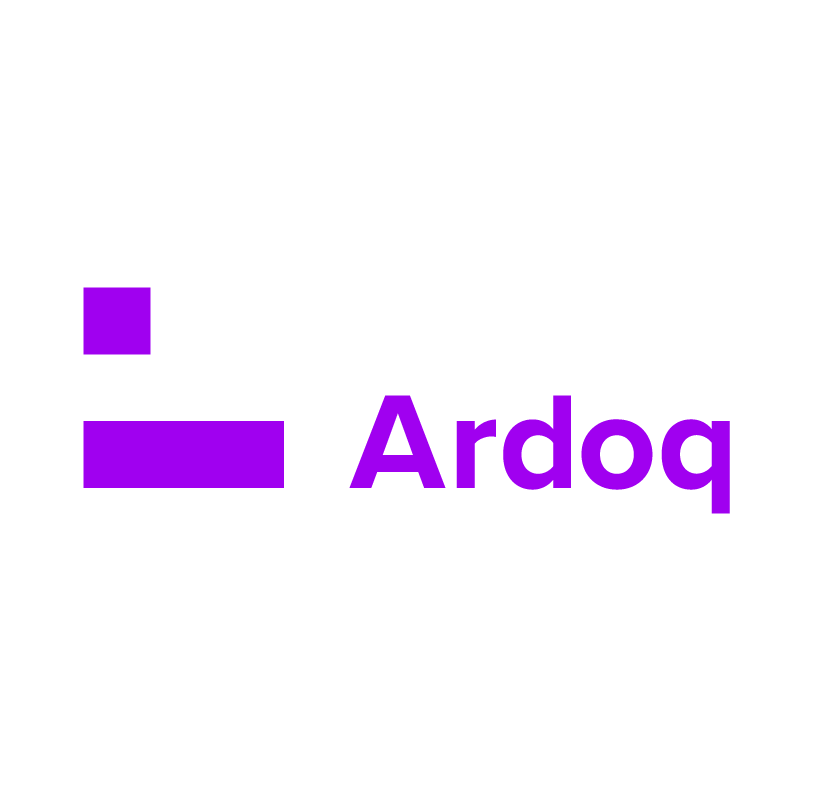Conflicts of interest (COIs) are one of the greatest potential risks to companies of all sizes and across all industries. In the event that a conflict of interest does snowball into something greater, a strong paper trail will be one of the first things regulators look for. A systematic approach to conflicts of interest makes managing and acting on them feasible — and prepares your organization for eventual scrutiny.
The processes and recordkeeping behind a COI program form its foundation and enable employees to proactively participate – so it’s in the best interest of your organization to ensure that foundation is strong and makes things as simple as possible. Let’s break down what a strong program looks like, along with a downloadable template to streamline COI disclosures.
Building COI awareness across the organization
As a compliance professional, you have a clear understanding of what constitutes a potential conflict. But do the employees at your company know what a conflict of interest looks like, or why they need to disclose it? Some of the activities listed below might be seen as perfectly acceptable parts of their jobs, or entirely separate from their work life. That can make it tricky to discover where your greatest risk areas are – so you need clear policies and training around conflicts of interest, and a strong awareness and communication plan to support those policies and trainings.
Examples of conflicts of interest that may need to be outlined in policies or training
Outside employment
- Having a personal business that conflicts with your current employer
- Performing work for a client or vendor used by your employer
Outside financial interests
- Holding a significant volume of shares in a competitor company
- Using your insider knowledge to progress a purchase on a business that you have a stake in
Gifts, travel, and entertainment
- Accepting a favor or gift from a client in excess of amounts allowed by the company
- Paying for a private trip for an elected official who is involved in decisionmaking processes that affect your company
Family or relationship
- Hiring a relative to work at your company, or failing to disclose that a candidate is related to you
- Using a third-party vendor in which relatives have a controlling stake
- Pursuing a romantic relationship with a manager or direct report
Ensure your conflict-of-interest policy not only addresses each of these areas, but also defines these and additional potential COIs for employees. Plus, consider training your employees on why these activities can be risky and why your team needs to be made aware of perceived conflicts of interest, even in scenarios where no policy is being violated. Getting employee buy-in and encouraging participation will help you gain a holistic view of risk profiles across your organization. Employees need to be confident that when they make decisions these decisions are not inappropriately influenced by external factors or perceived as such.
Laying the foundation for COI disclosure management
For a conflict of interest disclosure program to be successful, employees must be not only aware of potential conflicts, but also encouraged to formally report them. Incorporating the right policies and procedures alongside a culture of compliance will help guide employees toward ethical behavior, but another essential element of generating voluntary disclosures is making the disclosure process simple.
Our downloadable disclosure form template covers outside financial interests, business interests, personal interests, family members, gifts, and more. This conflict of interest form is designed for you to download, customize with your brand language, and distribute to your employees either electronically as a PDF or via hardcopy using the print option. This form can be used to jump-start your disclosures program, or distributed physically to employees who may not have access to a computer throughout their daily tasks. If you’re using a disclosure management platform with built-in questionnaires, use the template as the basis for your disclosure questionnaire.
Managing and tracking COIs
You should be tracking COI questionnaire progress and completion rates at a minimum. Tracking that data through a manual, paperwork-reliant process can be time-intensive and leave room for human error. Plus, when it comes to something that can evolve over time like COIs, an automated disclosure management system can provide a greater level of real-time risk visibility.
As part of a mature compliance program, COI software can help you track and monitor ongoing risks much more holistically than a paper-based process. Ideally, your COI management solution is part of a broader compliance management platform, allowing you to overlay COI data with policy and code of conduct engagement, helpline reporting, and even training completion.
Digitizing your disclosure management also means you can continuously review and follow up on reported COIs before they lead to unethical behavior or adverse circumstances. The right solution can even automate COI review workflows and follow-up tasks, to reduce risks and ensure nothing falls through the cracks. Essentially, you’ll be taking a preventive and proactive approach for when the unpredictable strikes. If you’re ready to take the next step, consider a platform like OneTrust Disclosures Manager to help you manage COIs in one place.
Bringing COI disclosure management into the spotlight
Conflicts of interest are inevitable, but more often than not, the risks associated with them can be managed. With a strong foundation to your program, you’ll be equipped to manage any active conflicts that occur. The clearer and simpler your disclosure process is, the more likely executives and employees will be to take part— ultimately minimizing the likelihood of any wrongdoing.
Get started: Download the COI Disclosure template now.





























































